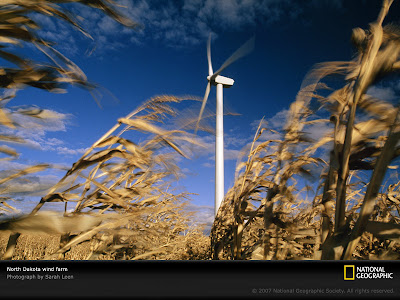With all of the advancements in technology happening, people are sometimes too busy to pay attention to what really matters and provides benefits for the users. The use of solar panels which produces solar energy for example, the technology of solar panels allows the translation of sunlight to solar energy for home, used to operate almost everything in your home. These solar panels turn the sun's energy into DC, or direct current. An inverter is also found within the system changing DC current to AC current, therefore supplying power for electric appliances in your home such as computers, televisions, refrigerators, lamps, etc.
Using solar energy for home purposes does require a significant upfront investment. One solar panel can produce approximately 50 to 200 watts of power per day, but the cost per panel can range anywhere from $300 to $600. Although possible, this is not the most cost-effective solution to power all of your home appliances, but it should still be able to reduce you home electricity costs each month. Just like an investment, it could take years before making back the money that you have initially invested for this solar panel system.
Saving money is not the only benefit you get from using a solar panel system. If you care enough about what happens to the environment, then you will be glad to know that by using solar energy for home use will eliminate 120 tons of carbon dioxide over a period of 30 years or so, assuming you use a 6kw system for the duration of its expected lifespan. It probably sounds like that is a long time, but at least you can feel better knowing that you are helping out with the environment.
Before purchasing and installing the solar panel system at your home, it is ideal to get an estimate of how much money you are looking to spend. Also consider assessing how much solar energy for home you will need to generate each day, by simply performing an energy audit of your house. Simply write down all of your electrical items or appliances that you use at home each day, as well as its wattage, and then add up all the numbers. You will then have an idea of how many solar panels you will need installed, and even make you aware of how much energy you are unbearable on a daily basis.
Once you've completed your list of appliances that you would like to operate daily as well as its wattage, calculate how many solar panels you are going to need to power all of the electrical items. This will give you a estimated figure of how much you will be looking to spend for installing the solar panels. Though investing to get solar energy for home usage may cost you thousands of dollars, the result of "not" using solar power greater pollution and utilization of some of our most valuable natural resources. So if you are one of those people who are interested in sustainable living and a green lifestyle, the benefits will definitely outweigh the total cost.




